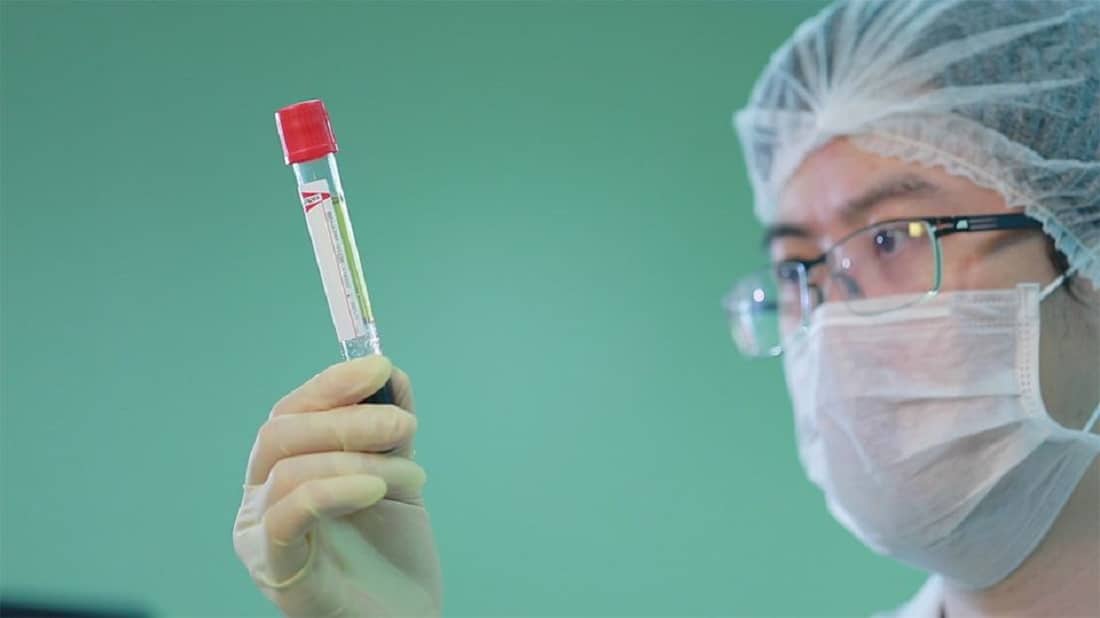Aeon Biotherapeutics’ Acti-PRP and A-BMC therapies can accelerate healing from various conditions.
Regenerative medicine is based on the principle of stimulating the body to heal itself by regrowing, repairing or replacing damaged or diseased cells, organs or tissue. Founded in Taiwan, Aeon Biotherapeutics Corp. has become a leader in this cutting-edge field.
One of its treatments, the Acti-PRP focuses on the stimulation of cellular regeneration and tissue repair, while the A-BMC therapy is used to target more specific conditions. They work by drawing a patient’s blood in the case of Acti-PRP, or bone marrow for A-BMC, in order to create a concentrated liquid which contains the key elements for each treatment: platelet-rich plasma in the Acti-PRP therapy and regenerative cells in the A-BMC therapy. As both substances are extracted only from the patients’ own bodies and don’t require any anticoagulant or activator, the possibility of allergic reactions is virtually nonexistent.
Acti-PRP: Treating Joint Pain and Tendon Injury
PRP stands for Platelet-Rich Plasma. This treatment begins with the collection of 10ml of venous blood preferentially enriched for platelets. Then, the platelets are separated from other blood cells to have their concentration increased through a centrifugation process. Afterwards, these concentrated platelets are blended with some of the patient’s remaining plasma, followed by a final separation process using a special gel. Within only ten minutes, the PRP is ready for injection.
Platelets are the natural reservoir for growth factors. The high concentration of these growth factors released by platelets can modulate inflammatory response, accelerate wound healing and promote tissue regeneration. According to Aeon Biotherapeutics, joint pain and tendon injury are among the conditions that could be treated by this method. The first documented reference of PRP treatment was from a cardiac surgery clinical trial in 1987. Since then, there has been research on the use of this therapy in fields such as orthopedics, sports medicine, neurosurgery, dentistry and plastic surgery.
Needless to say, only a doctor can evaluate if PRP is suitable for a patient. As platelets are at the very core of this therapy, people who suffer from conditions characterized by dysfunction or abnormalities of platelets, immune diseases, chronic liver pathology or who are suffering from chronic or acute infection should have their cases assessed even more scrupulously.
A-BMC: Regeneration of Bones, Muscles and Ligaments
BMC stands for Bone Marrow Concentration. Bone marrow is a rich source of regenerative cells with the ability to heal and differentiate between different types of cells such as growth factor, nucleated cells and progenitor cells. When isolated and concentrated, these cells can support the regeneration of bones, cartilage, muscles, ligaments, nerve tissue and even the marrow itself. They can accelerate healing in moderate to severe osteoarthritis, intervertebral disc degeneration and diseases such as diabetes mellitus, congestive heart failure and cirrhosis, for example.
The treatment process starts with the extraction of approximately 10ml of bone marrow from the iliac crest of the patient’s pelvis. The procedure is minimally invasive and the amount of bone marrow collected is too small to cause any negative health effects. Then the sample undergoes a centrifugation process that isolates the required cells. When that step is complete, the material is inserted into a syringe ready for use.
Just as with Acti-PRP, those patients suffering from the previously listed conditions need the same precautionary clinical approach when considering the benefits of this treatment.










